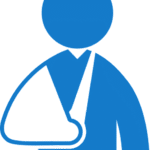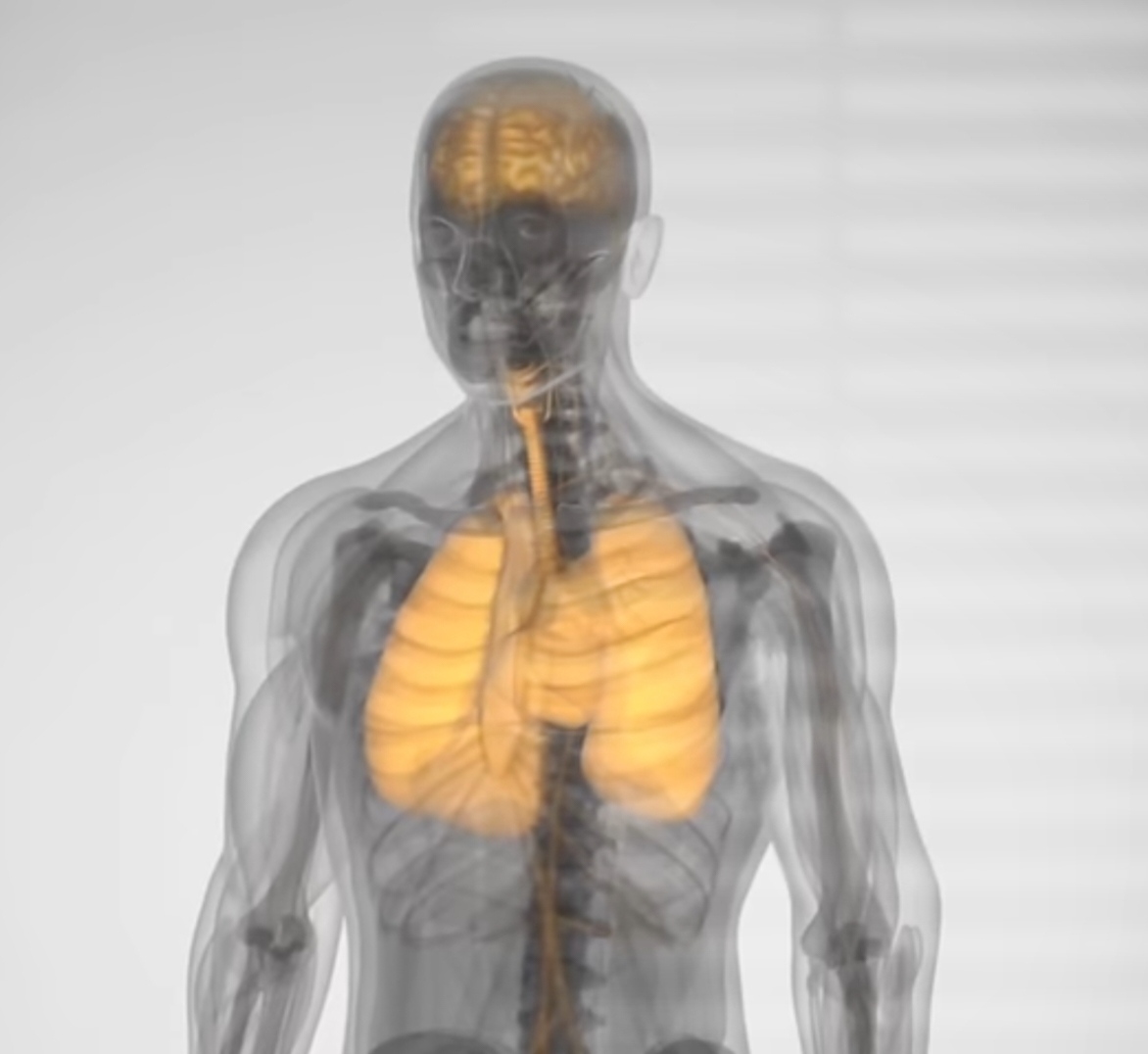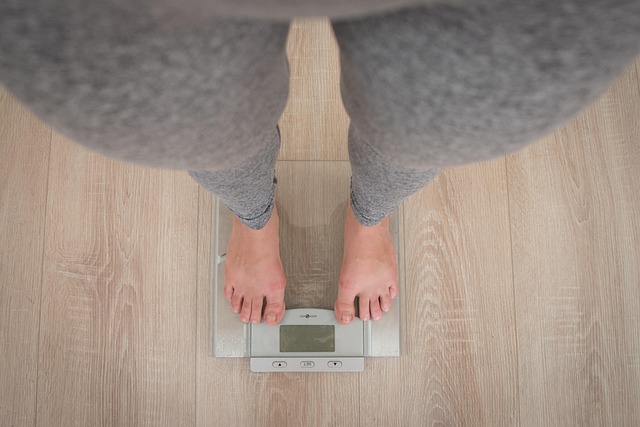Sometimes the sheer volume of medical language used when discussing significant health concerns can be daunting. However, it is crucial for all of us to comprehend diseases like tuberculosis (TB), what it is, and how it is treated. So, let’s simplify it for everyone to grasp. TB: What Is It? Consider tuberculosis (TB) as a bacterial infection that mainly affects the lungs. Mycobacterium tuberculosis is the type of bacteria that causes it. Although it most frequently attacks the lungs, this cunning bug can occasionally travel to other bodily areas, such as the kidneys, spine, or even the brain.
The fact that tuberculosis is an airborne disease is among the most crucial facts to understand. This implies that when a person with active lung TB coughs, sneezes, or even speaks, it can spread via the air. The bacteria are released into the air as tiny droplets, which might infect you if you breathe them in. Now, being infected does not guarantee that you will become ill right away. Two primary forms of tuberculosis exist.
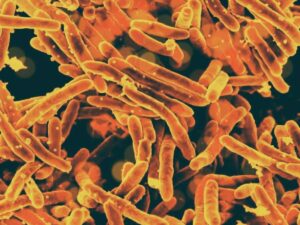
Latent TB Infection (LTBI): In this situation, your immune system is controlling the TB bacterium that is present in your body. You won’t experience any symptoms, and you can’t infect other people. It may, however, develop into active tuberculosis in the future, particularly if your immune system deteriorates. * Active TB Disease: This is when you begin to exhibit symptoms and the bacteria in your body is actively growing. If the illness is in your lungs at this point, you are often contagious and can infect others with the bacterium.
What Symptoms and Indications Indicate Active TB? Early diagnosis and treatment of active tuberculosis depend on the ability to recognize its symptoms. Keep an eye out for * A chronic cough (frequently with phlegm, occasionally with blood tinges) that lasts for three weeks or more
- * Chest pain
- *Fatigue or weakness
- * Weight loss
- * Appetite loss
- * Chills
- * Fever
* Night sweats (waking up soaked in perspiration) It’s critical that you consult a doctor right away if you suffer from any of these symptoms, particularly a persistent cough. Don’t delay! How Do Physicians Make a TB Diagnosis? TB is usually diagnosed in a few steps:
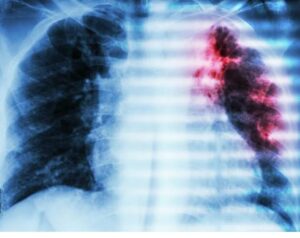
Medical History and Physical Examination: Your doctor will inquire about your health history, symptoms, and whether you have ever come into touch with someone who has tuberculosis. * A TB blood test or tuberculin skin test (TST) can determine whether you have a TB bacterium infection. * Chest X-ray: This aids medical professionals in detecting lung abnormalities that are typical of tuberculosis. * Sputum Smear and Culture: You may be requested to submit a sputum sample (phlegm) if you have a cough. In order to confirm active tuberculosis and assist identify the most effective treatments, this is inspected under a microscope and cultured to grow the bacteria. The good news is that TB can be cured!
The most crucial takeaway regarding tuberculosis is that it is completely curable, particularly with early diagnosis and appropriate treatment. Taking antibiotics for a number of months—typically six to nine months, but occasionally longer—is the treatment for active tuberculosis. Although this may seem like a long time, it’s crucial to finish the entire course of medication precisely as directed by your physician. * Relapse: The TB may return if treatment is stopped too soon or dosages are missed. * Drug-resistant TB: Because the bacteria develop resistance to the common drugs, this is a far more severe form of TB that is more difficult to treat.Directly Observed Treatment (DOT) is a program that is frequently used to treat tuberculosis. This implies that a medical professional or other responsible someone keeps an eye on you while you take your prescription to ensure that you take it as prescribed. This keeps drug-resistant TB from developing and helps guarantee effective therapy. A shorter term of treatment is frequently recommended for those with latent TB infection in order to stop it from developing into active TB disease. The key is prevention. Even while treatment works, it’s still preferable to avoid TB altogether. We may all assist in the following ways: * Good Hygiene: When you sneeze or cough, cover your mouth and nose. * Ventilation: Make sure that residences and public areas have adequate airflow.

Early Diagnosis and Treatment: Get examined and treated right away if you’re experiencing symptoms. In addition to helping you, this stops the spread to other people. * BCG Vaccine: In many nations, particularly those where tuberculosis is prevalent, children are administered the BCG vaccine to protect them against severe forms of the disease. Although tuberculosis is a deadly condition, we can defeat it if we raise awareness, diagnose it early, and treat it consistently. We can all help create a healthier community by being aware of the fundamentals and practicing prevention.



